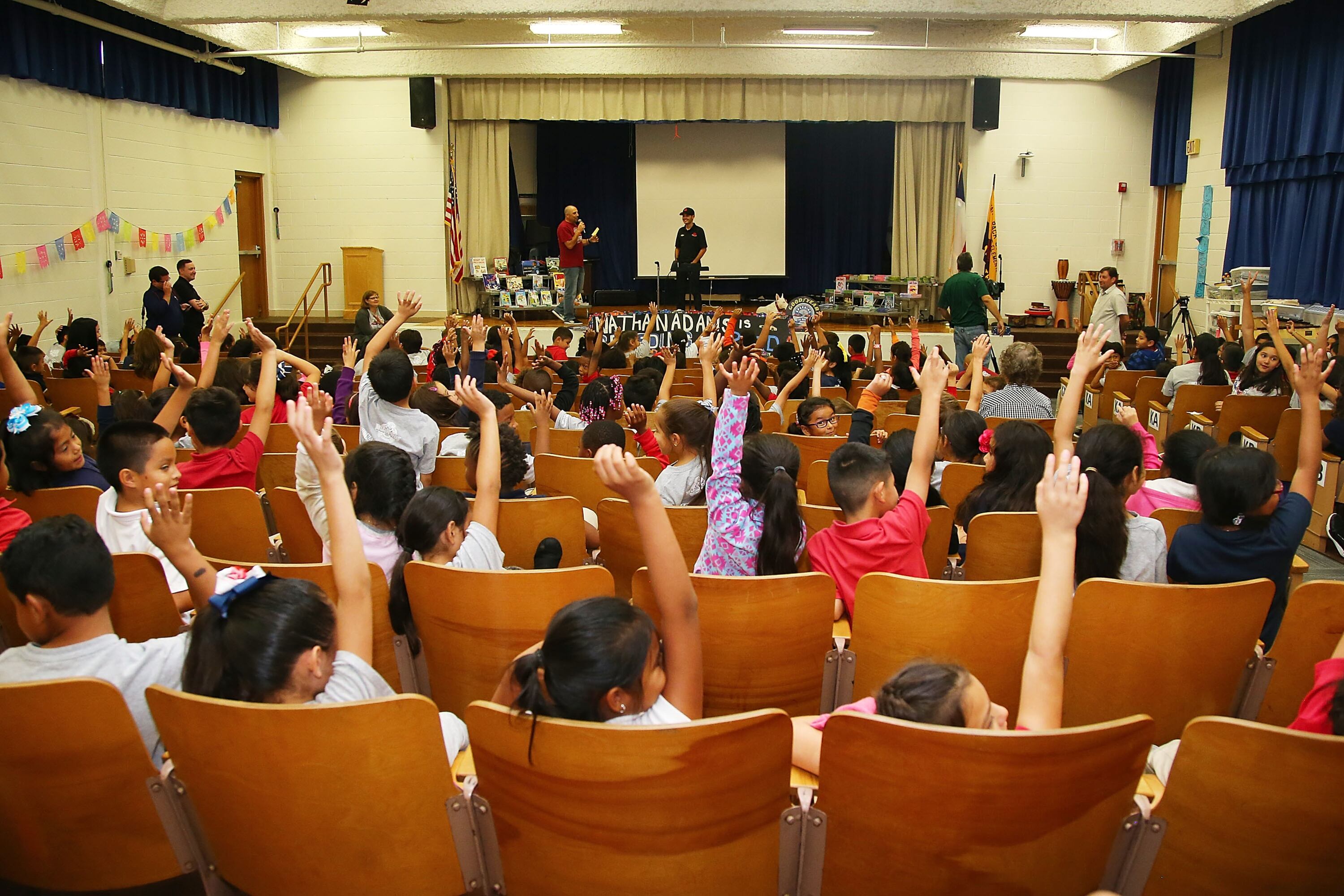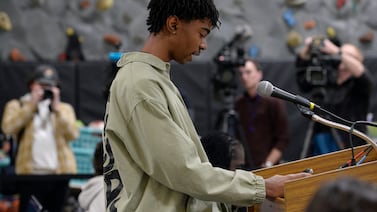More than two dozen school districts, including some of the nation’s largest, have signed on to a new national effort to promote the racial and economic integration of America’s schools.
The effort, known as the Bridges Collaborative, spans 20 states and includes the New York City, Los Angeles, Miami-Dade, Dallas, Fort Worth, Milwaukee, Philadelphia, and Oakland school districts, as well as charter school networks and housing organizations.
Some members, like the Howard and Montgomery county school districts in Maryland, have recently attempted to make schools more racially and economically balanced, prompting local debate and pushback. Other participating school districts have long histories of working to desegregate schools, including Charlotte-Mecklenburg in North Carolina, Jefferson County in Kentucky, and Hartford and New Haven schools in Connecticut.
Over the next two years, they’ve pledged to work together to find successful ways to integrate schools and to build momentum for the effort — a notable show of support for a movement that’s attracted increased attention in recent years, as the country attempts to grapple with its history of racism and segregated schools.
“This is not some sort of a fringe group of a few integration allies,” said Stefan Lallinger, a former New York City schools official who’s leading the initiative. “This is a growing recognition across the country that our school system and our housing is unacceptably segregated in the year 2020, and it’s about time folks rolled their sleeves up and did something about it.”
The effort, first announced in May, is launching at a time of intense racial reckoning in America, as the country reels from months of protests over the police killings of Black Americans and as the nation’s educators work to address their students’ concerns about racism. It also begins in the midst of a pandemic that’s disproportionately killed or sickened Black, Native, and Latino Americans.
The pandemic means school districts are stretched thin. But Lallinger said his group still believes the time is right to push for change, particularly after the police killing of George Floyd prompted new interest in tackling systemic injustice.
“There are a lot of people interested in having this conversation and making real change, and it would be a mistake to not think about how we would make our schools more just, more equitable, more diverse,” Lallinger said. “While we recognize there’s so many challenges that COVID presents, we also recognize that this is not the time to forget about the fact that this is a scourge, segregation specifically, that has plagued us for many decades.”
Lallinger would know: He’s the grandson of one of the lawyers who argued Brown v. Board of Education, the landmark Supreme Court case that ruled racially segregated schools were unconstitutional in 1954.
School officials in Tucson, Arizona, where the district still operates partially under a decades-old desegregation consent decree, said they signed on because they see this moment as an ideal time to push for change.
“We’re interested in how integration closes the learning gap, in how integration closes the resource gap and the opportunity gap,” said Kinasha Brown, the district’s assistant superintendent for equity and diversity. “I think given our current circumstances, with us nationally being in this pandemic and kind of doing school differently, that this is an opportune time for us.”
Also participating in the coalition are housing groups, like the housing authorities that serve Charlotte, New Haven, and Dallas, and some organizations that work closely with school districts, including Enroll Indy, the nonprofit that operates the enrollment process for some district and charter schools in Indianapolis, and METCO, the longstanding program that sends Boston students into surrounding suburban schools.
For Tucson, Brown said, a big draw was the chance to learn how to work more closely with housing and community organizations. Tucson officials also hope others can learn from their ongoing desegregation efforts, which include magnet schools and a transportation program.
Any organizations that want to push harder to integrate schools over the next several years, though, are likely to come up against a variety of roadblocks. One is the lingering effects of the pandemic, which may mean schools are short on the time and money they’d need for initiatives that require a lot of planning and community dialogue.
Another is school districts’ limited ability to influence enrollment patterns outside their district lines — which is especially a problem for mostly Black and Latino city school districts bordered by whiter, more affluent suburban ones. A 1974 Supreme Court ruling makes it very difficult to integrate schools across those boundaries.
Who wins the White House next month may also affect the resources available for school desegregation efforts.
The Democratic candidate for president, Joe Biden, supports legislation that would fund school desegregation efforts. He’s also said he would reinstate Obama-era guidance designed to help school districts consider student race while trying to diversify or desegregate schools without getting into legal trouble. (Biden’s own record on school desegregation is complicated: He opposed federally mandated school desegregation efforts in the 1970s and ‘80s, though he’s said he supports locally led efforts.)
If President Trump is re-elected, his administration is unlikely to prioritize such work. Early in Trump’s tenure, federal officials ended a $12 million grant program launched under President Obama that would have helped pay for economic school integration plans — an effort that had attracted applications from 17 large and mid-size school districts.
The Supreme Court, meanwhile, is poised to continue to move to the right, meaning it’s unlikely to reverse any longstanding court decisions that make school desegregation more challenging.
What the Bridges Collaborative can do, Lallinger said, is give interested school districts more tools to fight for integration. It has hired a polling firm to learn more about American attitudes about school integration in 2020 and determine which messages resonate most with the public, and plans to share the results with its members.
“What are the ways leaders should be talking to people about this issue,” Lallinger said, “so they’re not turned off, quite frankly, but rather are inspired to action?”





